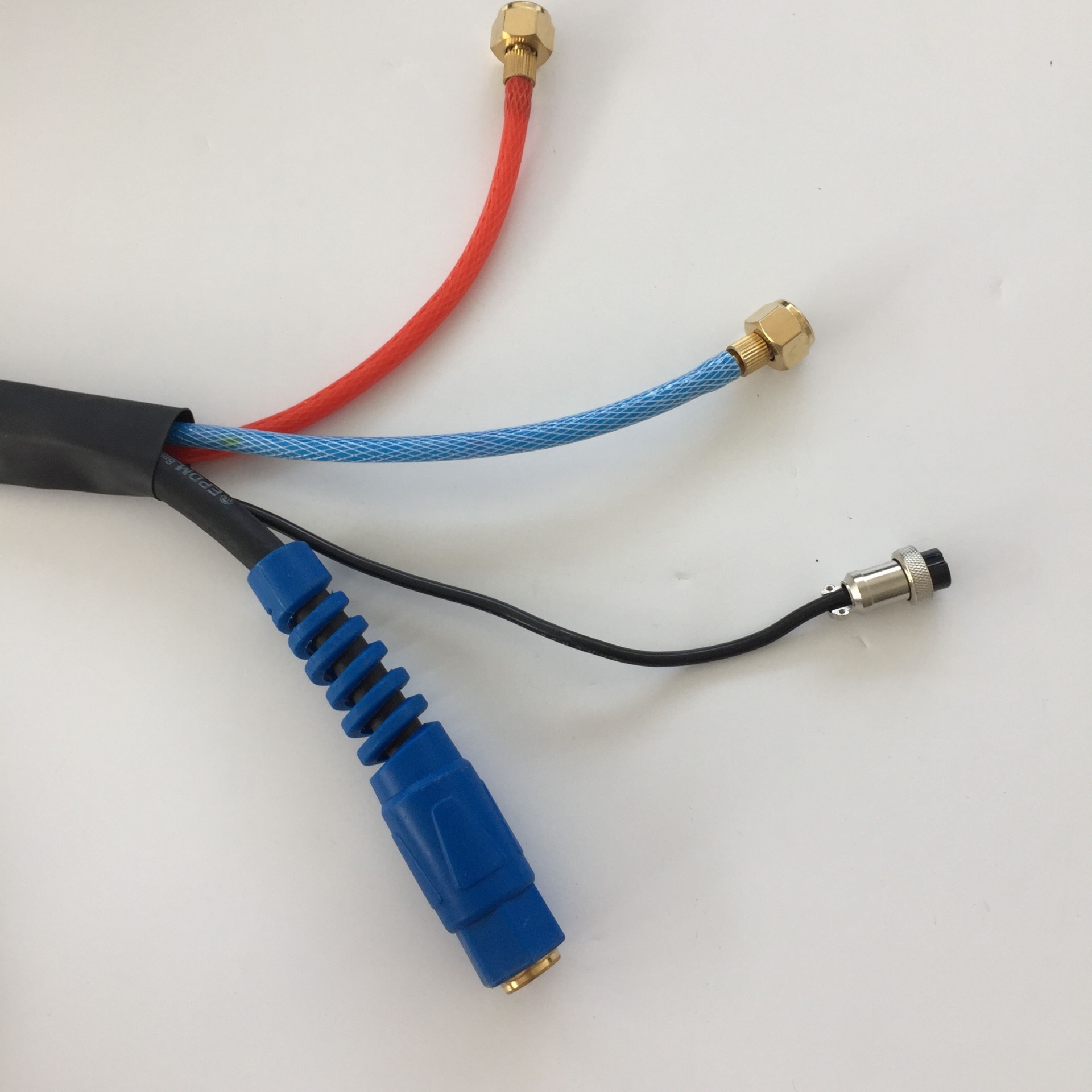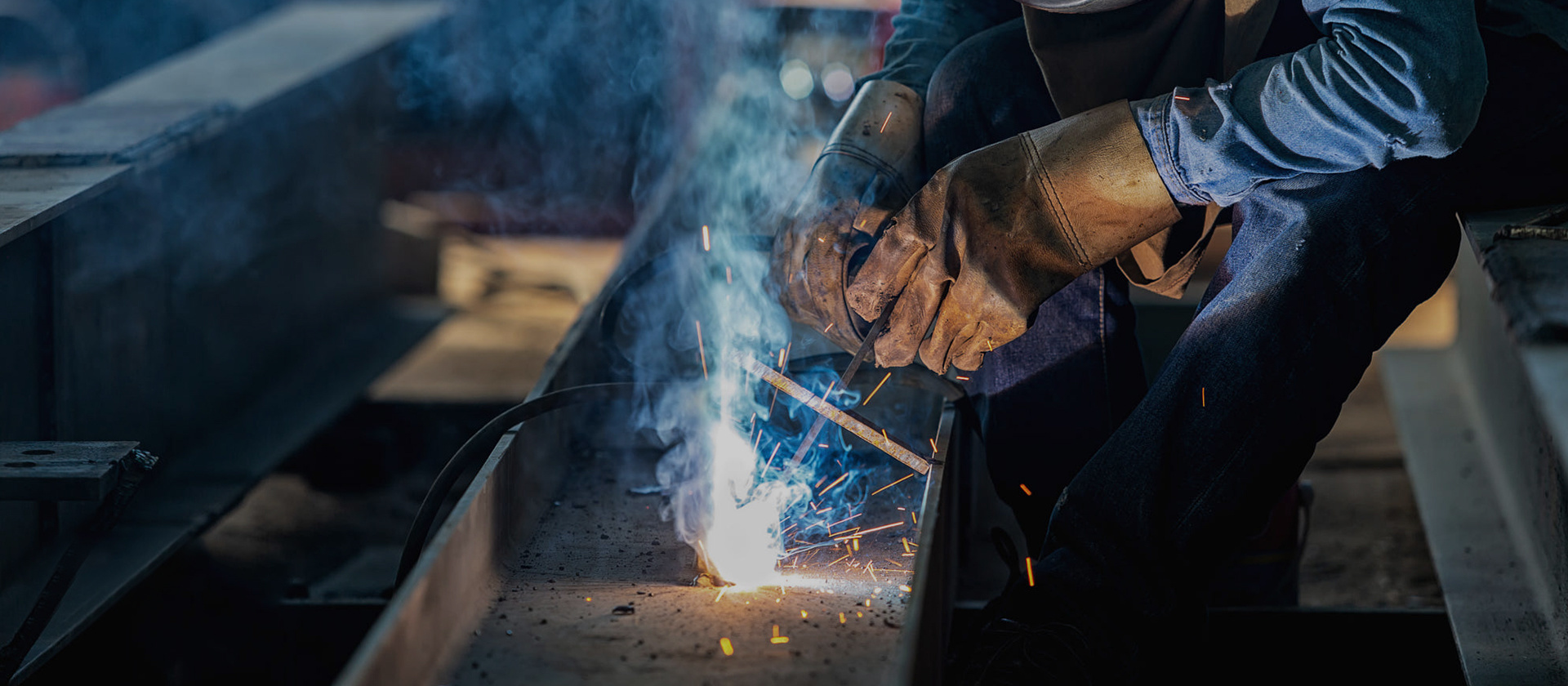language
How Welding Glass Protects Your Eyes During Welding: Essential Insights for Safety and Performance
Jun 06,2025
Understanding the Importance of Eye Protection While Welding
Welding is an essential process in various industries, contributing to the construction, manufacturing, and automotive sectors, among others. However, the activity poses significant risks, particularly to the eyes. Protecting eyesight during welding is not just a precaution; it's a necessity. The light emitted during welding can cause se
Understanding the Importance of Eye Protection While Welding
Welding is an essential process in various industries, contributing to the construction, manufacturing, and automotive sectors, among others. However, the activity poses significant risks, particularly to the eyes. Protecting eyesight during welding is not just a precaution; it's a necessity. The light emitted during welding can cause severe eye damage, ranging from temporary discomfort known as "flash burn" to long-term vision impairment.
What is Welding Glass and Its Functionality?
Welding glass, also known as a welding lens, is a crucial component of personal protective equipment (PPE) for welders. It is designed to shield the eyes from harmful radiation and intense light generated during the welding process. But what exactly makes this glass so effective?
The Composition of Welding Glass
Welding glass is typically made from specialized materials that provide a high level of protection against ultraviolet (UV) and infrared (IR) radiation. The glass is often infused with dark pigments to reduce the brightness of the welding arc, allowing welders to see their work clearly without compromising eye safety.
Types of Welding Glass
There are several types of welding glass available on the market, each designed for specific welding processes and conditions. Here are the most common types:
- **Standard Welding Glass**: Used for general welding applications, offering various shade levels to suit different tasks.
- **Auto-Darkening Welding Glass**: Automatically adjusts its shade in response to the brightness of the welding arc, providing convenience and enhanced visibility.
- **Filter Lenses**: These lenses are often used in conjunction with welding helmets, providing additional protection and comfort for the welder.
Choosing the Right Shade of Welding Glass
Selecting the appropriate shade of welding glass is critical. The shade number indicates the level of darkness, with higher numbers providing more protection. For example, a shade 10 is suitable for MIG welding, while a shade 12 or 14 may be needed for TIG welding. It's essential to match the glass shade to the welding process to ensure optimal visibility and safety.
How Welding Glass Protects Your Eyes: The Mechanism of Action
Understanding how welding glass protects the eyes is fundamental for welders. The protective qualities stem from its ability to filter out harmful rays and reduce glare.
Protection Against UV and IR Radiation
One of the most critical functions of welding glass is its ability to block harmful UV and IR radiation. During welding, the arc generates significant amounts of UV radiation, which can lead to skin burns and damage the cornea. Welding glass effectively absorbs these rays, providing a protective barrier.
Reducing Brightness and Glare
Welding glass also significantly reduces the intense brightness and glare produced by the welding arc. This reduction allows welders to see their workpiece more clearly without straining their eyes, which can lead to fatigue and decreased performance over time.
Minimizing Flash Burn Risk
Flash burn is a common ailment among welders caused by overexposure to the bright light of a welding arc. By using appropriate welding glass, the risk of flash burn is minimized. The glass's ability to filter light prevents the eyes from being overwhelmed, allowing for longer, safer working periods.
Best Practices for Using Welding Glass
To maximize the benefits of welding glass, proper usage and maintenance are essential. Here are some best practices:
Regular Inspection of Welding Glass
Before each use, it's crucial to inspect welding glass for scratches, cracks, or any signs of damage. Damaged glass may fail to provide adequate protection and should be replaced immediately.
Using the Correct Welding Helmet
A high-quality welding helmet not only houses the welding glass but also ensures that it remains securely in place. Helmets with adjustable headgear provide comfort and stability, essential for long welding sessions.
Maintaining Cleanliness
Keeping the welding glass clean is vital for maintaining visibility. Dust, grime, and spatter can obstruct the view, making it difficult to see the weld pool. Use appropriate cleaning solutions and cloths designed for welding lenses to ensure clarity.
Advanced Technologies in Welding Glass: Auto-Darkening Lenses
Auto-darkening welding lenses represent a significant advancement in welding safety. These lenses automatically adjust their shade based on the intensity of the welding arc, offering unparalleled protection and convenience.
Benefits of Auto-Darkening Welding Glass
- **Immediate Response**: They respond instantly to changes in brightness, allowing welders to work without interruption.
- **Improved Visibility**: The ability to see the workpiece in its natural color before welding improves accuracy and quality.
- **Reduced Eye Strain**: By minimizing sudden changes in light, these lenses help reduce eye fatigue.
Choosing Auto-Darkening Welding Glass
When selecting an auto-darkening welding lens, consider the following:
- **Response Time**: Look for lenses with a quick response time (under 1/25,000 second) to ensure optimal safety.
- **Shade Range**: Ensure the lens offers a suitable shade range for your specific welding applications.
- **Battery Life**: Consider lenses with long battery life or solar-powered options for uninterrupted work.
Health Risks Associated with Improper Eye Protection During Welding
Failing to use proper eye protection can lead to serious health consequences. Here are some potential risks:
Long-term Eye Damage
Continuous exposure to harmful welding rays can lead to chronic conditions such as cataracts, macular degeneration, and even permanent vision loss. Investing in quality welding glass is a preventative measure against these serious health issues.
Discomfort and Fatigue
The discomfort caused by flash burns and eye strain can lead to fatigue, negatively impacting a welder’s performance and productivity. Protecting the eyes with the right gear is essential for maintaining focus and energy levels.
Frequently Asked Questions About Welding Glass
1. What is the difference between welding glass and safety glasses?
Welding glass is designed specifically to filter out harmful radiation and intense light from the welding arc, while safety glasses offer general protection against flying debris and impact.
2. How often should I replace my welding glass?
Welding glass should be replaced if it shows signs of damage or after a specific number of hours of use, depending on the manufacturer's recommendations.
3. Can I use regular sunglasses instead of welding glass?
No, regular sunglasses do not provide the same level of protection against UV and IR radiation. It is essential to use specialized welding glass for safety.
4. What shade of welding glass should I use for MIG welding?
For MIG welding, a shade 10 is typically recommended, although this can vary based on the intensity of the arc.
5. Is auto-darkening welding glass better than standard welding glass?
Auto-darkening welding glass offers increased convenience and safety by automatically adjusting to light changes, making it a preferred choice for many welders.
Conclusion
In conclusion, understanding how welding glass protects your eyes during welding is essential for ensuring safety and performance in the workplace. By choosing the right type of welding glass, maintaining it properly, and adhering to best practices, welders can significantly reduce the risks associated with this critical process. Investing in high-quality welding glass—and, where possible, auto-darkening lenses—will not only protect your vision but also enhance your overall welding experience. Protect your most vital asset—your eyesight—and ensure a safe and efficient working environment.
Add
Xing village, lvgongbao town, renqiu city, hebei province, china









